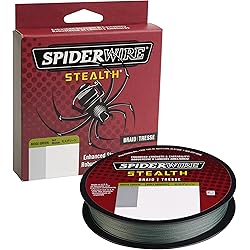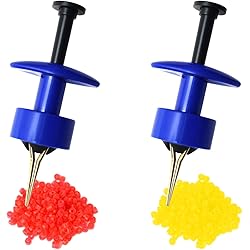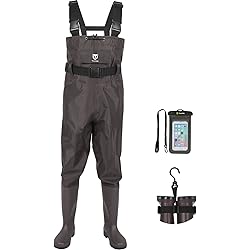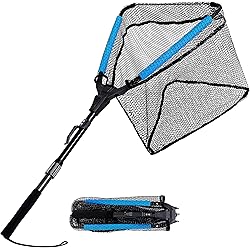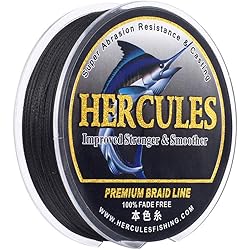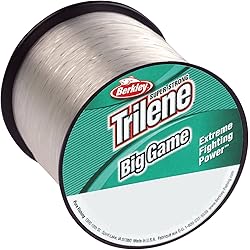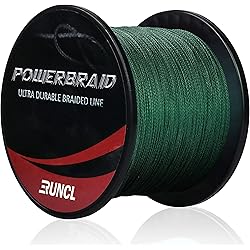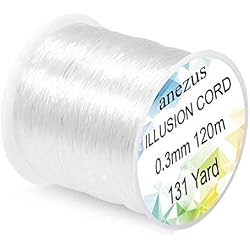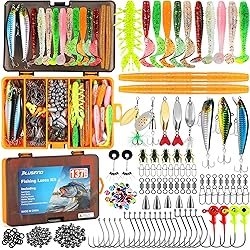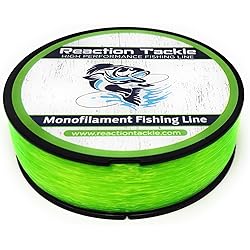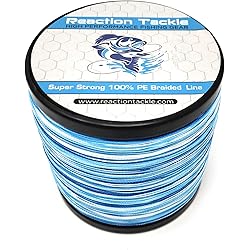Top 10 Fish Not to Eat, As consumers become more health-conscious and environmentally aware, the choice of which fish to eat becomes increasingly important.
While fish serves as a valuable source of protein and essential nutrients, its quality varies.
Some species exhibit elevated levels of toxins, face overfishing, or employ unsustainable fishing methods that negatively impact the environment.
This article explores the top ten fish you should avoid eating to protect your health and support sustainable fishing practices.
- Shark: high in mercury and often overfished.
- Swordfish: Contains high mercury levels; caught using harmful longlines.
- King Mackerel: Known for high mercury content.
- Tilefish: Especially from the Gulf of Mexico, tile fish can have dangerous mercury levels.
- Bluefin Tuna: high mercury and severely overfished.
- Orange Roughy: Contains high levels of mercury; slow to mature, making it vulnerable to overfishing.
- Chilean Sea Bass: High in mercury and often unsustainably harvested.
- Grouper: Overfished and high in mercury.
- Overfishing has severely reduced the populations of Atlantic Cod.
- Farmed salmon: Often raised in unhealthy conditions with environmental consequences.
Opting for more sustainable fish like wild-caught Alaskan salmon, Pacific sardines, or farmed rainbow trout can support both health and environmental sustainability. Always check for the latest advisories and recommendations to make informed choices.
Fly Fishing Rod and Reel Combo Starter Kit

1. Shark
Sharks are apex predators in the marine ecosystem, meaning they accumulate high levels of toxins such as mercury and other pollutants.
Mercury is a potent neurotoxin that can cause severe health issues, particularly for pregnant women and young children, leading to cognitive impairments and developmental delays.
Beyond health issues, overfishing and the high demand for shark fin soup have endangered many shark species.
This unsustainable practice not only threatens shark populations but also disrupts the balance of marine ecosystems.
Avoiding shark consumption helps reduce the pressure on these critical predators and promotes overall ocean health.
Choosing sustainable seafood alternatives is a simple yet impactful way to contribute to marine conservation.
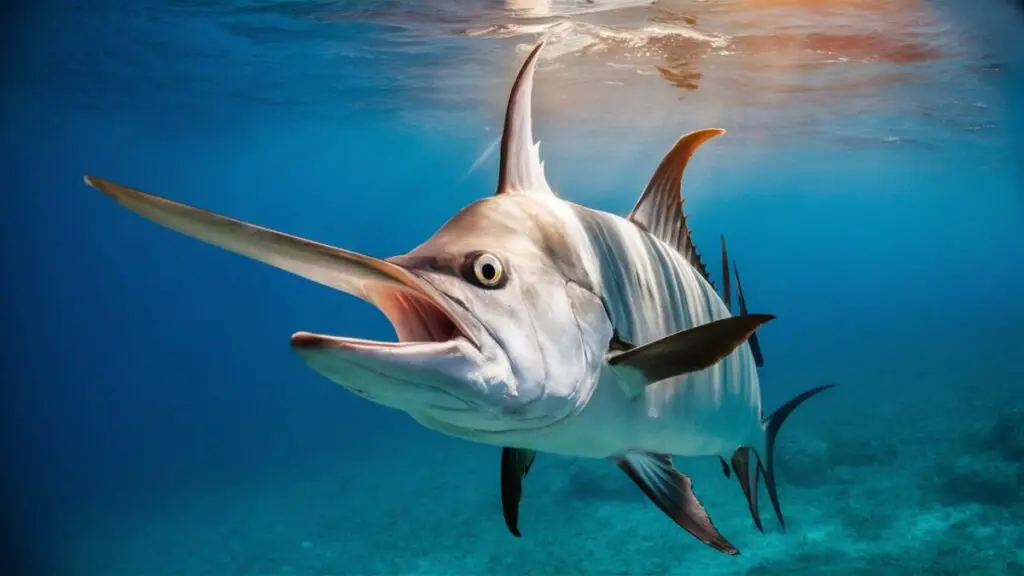
2. Swordfish
Swordfish is a large predatory fish known for its high mercury content, making it a risky choice for regular consumption.
Mercury is a potent neurotoxin that can accumulate in the body, potentially leading to mercury poisoning.
This condition can affect the nervous system and cause cognitive and motor impairments, posing significant health risks, especially to vulnerable groups.
The Environmental Defense Fund advises that women, particularly those who are pregnant or nursing, and young children should avoid eating swordfish entirely due to the high mercury levels.
We also encourage men to limit their intake to reduce the risk of mercury exposure. Additionally, the method commonly used to catch swordfish—longline fishing—results in significant bycatch.
This includes unintended capture of other marine species, such as turtles and seabirds, contributing to ecological harm.
For both health and environmental reasons, it’s best to avoid swordfish and opt for safer, more sustainable seafood options.
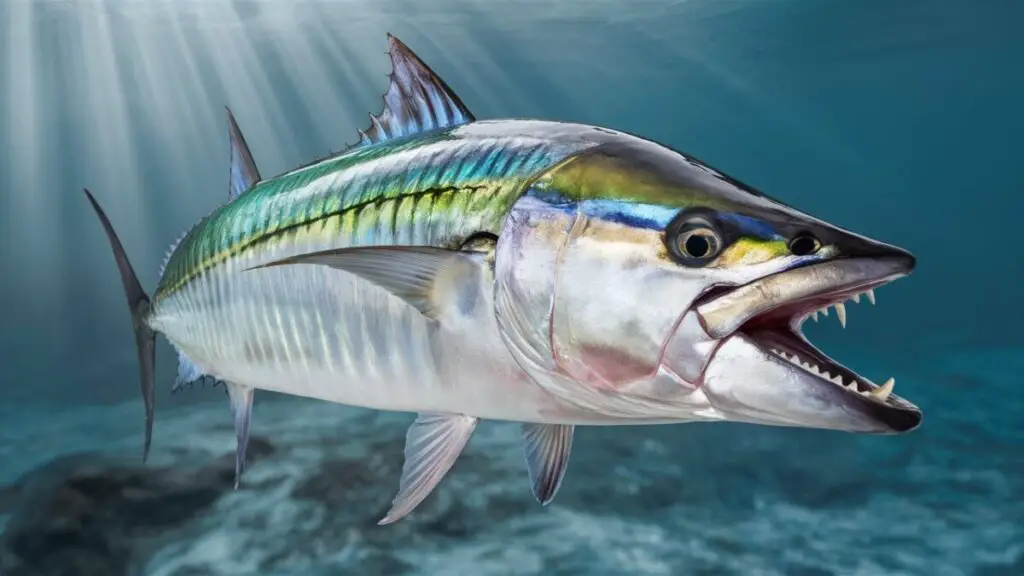
3. King Mackerel
King mackerel is a fish species known for its high mercury content, making it one of the riskiest fish to consume.
Due to the potential health risks, the FDA and EPA strongly advise that pregnant women, those planning to become pregnant, nursing mothers, and young children avoid eating king mackerel.
Mercury exposure can lead to severe neurological and developmental problems, particularly in unborn and young children.
Moreover, the fishing methods used to catch king mackerel often result in significant harm to the ocean ecosystem, including bycatch of non-target species and habitat destruction.
To protect both your health and the environment, it’s best to choose safer and more sustainably caught seafood alternatives.
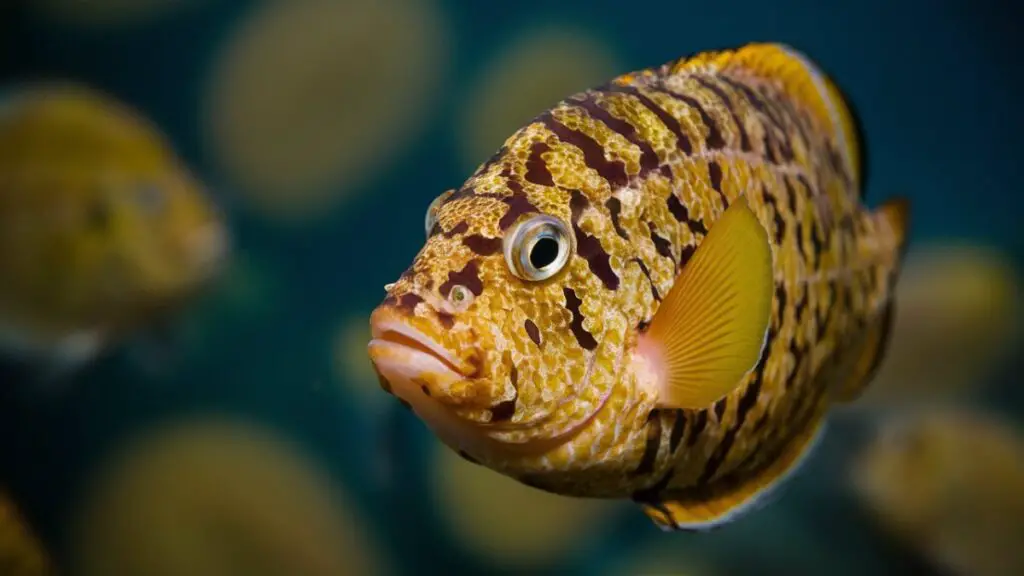
4. Tilefish
Tilefish, especially those from the Gulf of Mexico, are known to contain some of the highest mercury levels found in fish.
Mercury is a potent neurotoxin that can lead to severe health issues, particularly for sensitive populations such as pregnant women and young children.
Due to the dangerously high levels of mercury, the FDA has issued strict consumption advisories, recommending that these groups avoid tilefish altogether.
Overfishing not only poses health risks but also significantly impacts tilefish populations.
This unsustainable fishing practice not only threatens species but also disrupts marine ecosystems.
Therefore, avoiding tilefish is crucial for protecting both human health and the environment.
Opting for more sustainable and lower-mercury seafood alternatives can help support healthier oceans and safer diets.

5. Bluefin Tuna
Bluefin tuna is a popular choice in sushi restaurants but poses multiple issues. First, bluefin tuna is known to have high mercury levels, which can be harmful, especially to pregnant women and young children.
Second, bluefin tuna populations are severely overfished, with some stocks nearing collapse.
This overfishing threatens the species’ survival and disrupts marine ecosystems. The methods used to catch bluefin tuna, such as purse seining, also result in significant bycatch and habitat destruction, further harming ocean biodiversity.
To support ocean conservation efforts and protect your health, it’s best to avoid bluefin tuna and opt for more sustainable seafood choices, such as albacore tuna or wild-caught salmon.
Fly Fishing Rod and Reel Combo Starter Kit

6. Orange Roughy
Orange roughy, also known as slimehead, is a deep-sea fish notable for its incredibly long lifespan, with some individuals living up to 150 years.
This extended lifespan leads to the accumulation of high levels of mercury in their bodies, posing significant health risks for consumers.
Additionally, orange roughy are slow to mature and reproduce, making their populations particularly vulnerable to overfishing.
The combination of these factors—high mercury content and unsustainable fishing practices—makes orange roughy a bad choice for both health and environmental reasons.
Overfishing has severely impacted their populations, and the methods used to catch them often cause significant damage to the ocean floor.
Avoiding orange roughy helps protect these ancient fish and supports more sustainable seafood choices.
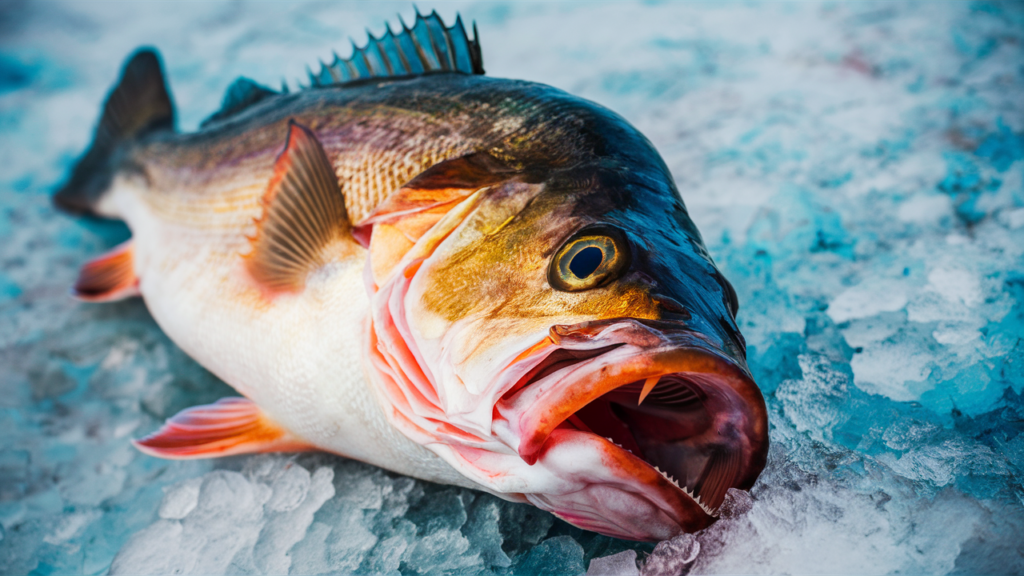
7. Chilean Sea Bass
Restaurants prize Chilean sea bass, also known as Patagonian toothfish, for its rich, buttery flavor.
However, this fish is high in mercury, posing health risks when consumed frequently. Additionally, the fishing practices used to catch Chilean sea bass are often unsustainable.
Overfishing in many fisheries causes population declines and long-term ecological damage.
The techniques used, like bottom trawling, can seriously damage the ocean floor and lead to high bycatch, which results in the capture and killing of unwanted marine species.
To support marine conservation and avoid contributing to these issues, it’s advisable to choose more sustainable fish options.
Choosing responsibly harvested seafood contributes to the preservation of delicate deep-sea ecosystems and fosters healthier ocean environments.
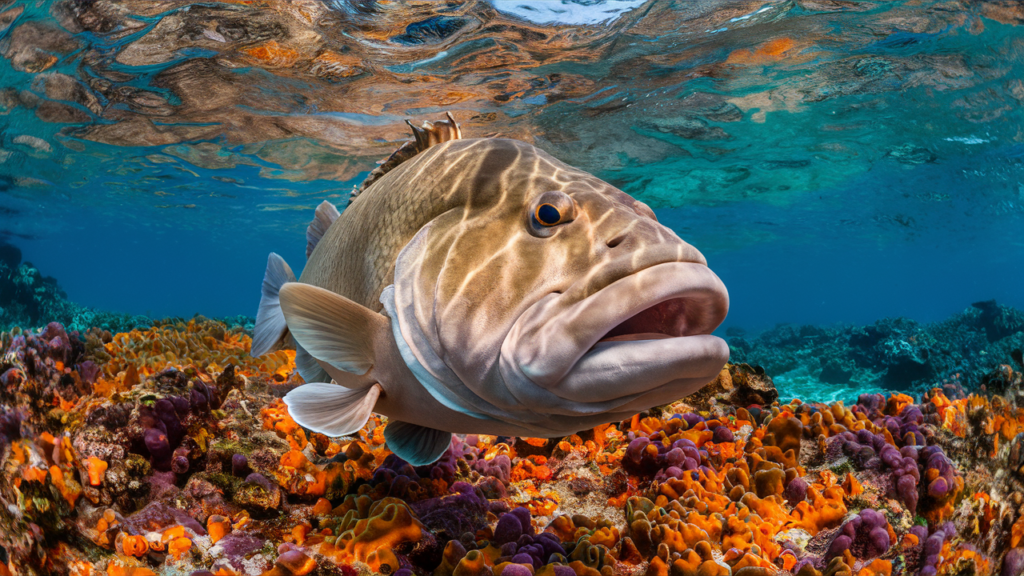
8. Grouper
Grouper, a large, bottom-dwelling fish, is highly vulnerable to overfishing due to its slow growth and late reproductive age.
This makes it challenging for grouper populations to recover from fishing pressures. Additionally, grouper often contains high levels of mercury, which poses significant health risks.
Consuming grouper regularly can lead to mercury accumulation in the body, potentially causing neurological and cognitive issues.
Given these concerns, it is wise to avoid grouper and choose more sustainable, lower-mercury alternatives.
Options like Atlantic mackerel or farmed tilapia are not only better for your health but also help reduce the strain on overfished species.
Environmentally friendly practices often catch or farm these alternatives, making them a responsible choice for both your well-being and the health of marine ecosystems.
Top 10 Fish Not to Eat
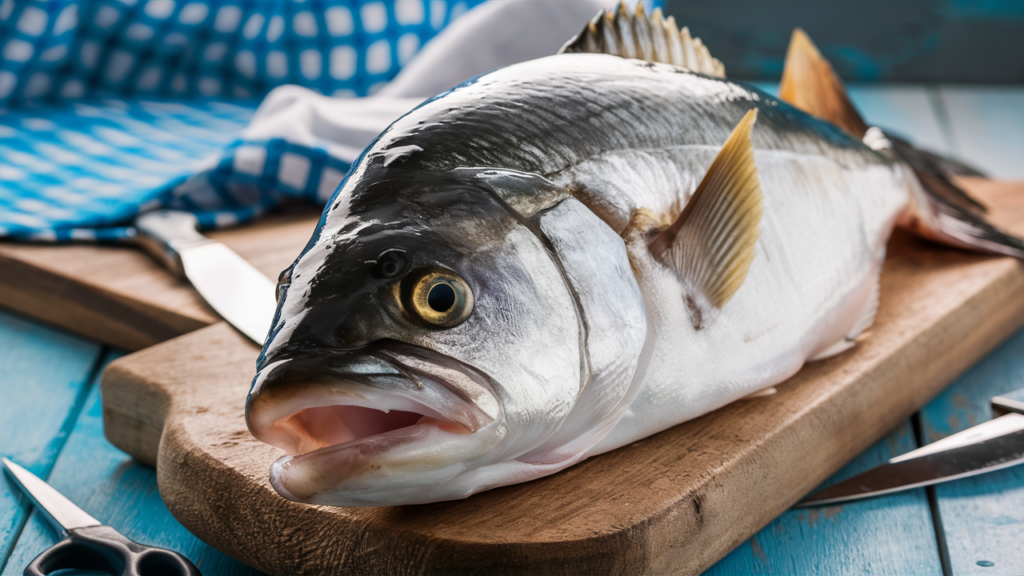
9. Atlantic Cod
Atlantic cod was once a staple in diets worldwide, but its populations have drastically declined due to overfishing.
Despite efforts to manage and recover the stocks, historically abundant Atlantic cod remain critically low.
Choosing Atlantic cod puts additional pressure on these struggling populations, making it a less sustainable choice. In contrast, Pacific cod, which is considered more sustainable, is a better alternative.
However, for those looking to reduce the strain on Atlantic cod stocks, opting for other white fish like haddock or pollock is a wise choice.
These alternatives are often more sustainably managed and help to ease the burden on Atlantic cod fisheries.
By making these substitutions, consumers can support the recovery of Atlantic cod populations and contribute to healthier ocean ecosystems.
Fly Fishing Rod and Reel Combo Starter Kit
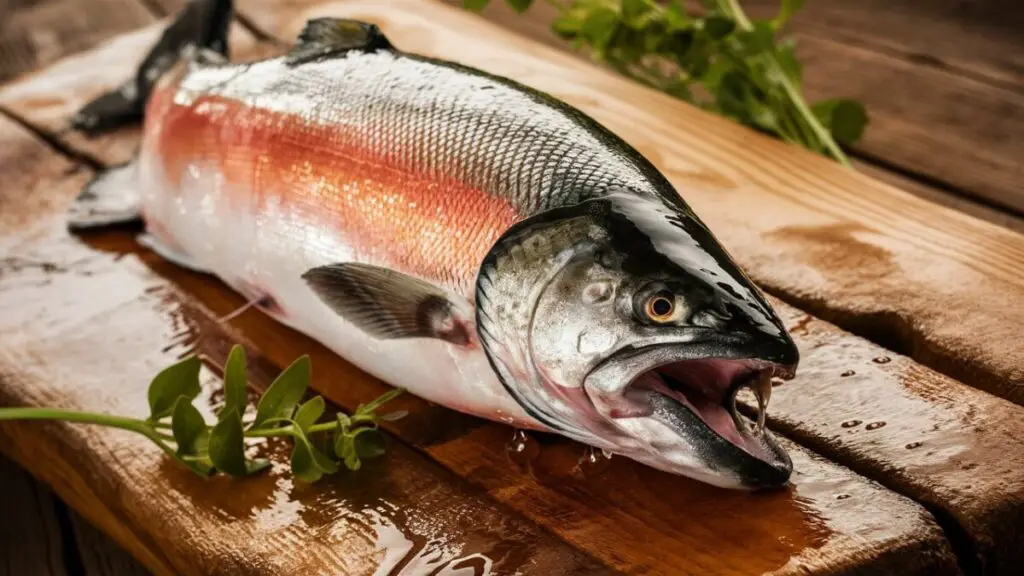
10. Farmed Salmon
While wild-caught salmon is generally considered a healthy and sustainable choice, farmed salmon presents a different scenario.
Overcrowding and pollution often raise farmed salmon, increasing the risk of diseases and parasites.
Their unnatural diet can lead to lower levels of beneficial nutrients, such as omega-3 fatty acids, and higher concentrations of contaminants.
Furthermore, farmed salmon operations can have substantial environmental impacts, including water pollution and threats to wild salmon populations through the spread of disease and genetic interbreeding.
In contrast, wild-caught Alaskan salmon is a healthier and more sustainable option, as it comes from well-managed fisheries and offers a cleaner, more natural source of nutrition. Choosing wild-caught salmon supports better practices for both your health and the environment.
Health and Environmental Considerations
When choosing which fish to eat, it’s essential to consider both health and environmental factors. Here are some key points to keep in mind:
- Mercury and Other Contaminants: Larger, predatory fish tend to have higher levels of mercury and other toxins due to bioaccumulation. Consuming these fish can lead to mercury poisoning and other health issues.
- Sustainability: Overfishing and unsustainable fishing practices can deplete fish populations, disrupt marine ecosystems, and cause significant environmental damage. Choosing sustainably caught or farmed fish supports the health of our oceans.
- Bycatch: Some fishing methods, like longlining and trawling, result in high levels of bycatch, which includes unintended species like dolphins, turtles, and seabirds. Opting for fish caught with more selective methods can reduce this impact.
- Aquaculture Practices: The conditions in which farmed fish are raised can vary widely. Look for certifications like the Aquaculture Stewardship Council (ASC) or Best Aquaculture Practices (BAP) to ensure you’re choosing responsibly farmed fish.
Sustainable Alternatives
To support your health and the environment, consider incorporating these more sustainable fish into your diet:
- Wild-Caught Alaskan Salmon: Rich in omega-3 fatty acids and sustainably managed, wild-caught Alaskan salmon is an excellent choice.
- Pacific Sardines: These small fish are low in mercury and high in omega-3s. They are also caught using sustainable methods.
- Atlantic Mackerel: Another small, oily fish, Atlantic mackerel is low in mercury and harvested sustainably.
- Farmed Rainbow Trout: When sourced from responsible farms, rainbow trout is a healthy and environmentally friendly option.
- U.S. Farmed Catfish: U.S. catfish farms typically use sustainable practices, making this a good choice for both health and the environment.

Conclusion
Making informed choices about the fish we eat greatly benefits both our health and the planet.
By avoiding fish species that are high in mercury, overfished, or caught using destructive methods, we help safeguard marine ecosystems and ensure that seafood remains available for future generations.
Opting for sustainably sourced alternatives not only supports these environmental efforts but also promotes a healthier diet.
It’s important to stay updated on the latest advisories and recommendations from trusted sources such as the FDA, EPA, and reputable environmental organizations.
This helps you make the best choices for your health and the oceans.
Hooked on Tech: Exploring the latest Fishing Gadgets that Anglers swear by.
In the realm of angling, where tradition and technology often converge, a new wave of fishing gadgets has emerged, transforming the way anglers approach their craft.
From advanced fish finders to smart bait systems, these innovations have not only revolutionized the fishing experience but have also garnered a loyal following among anglers worldwide.




